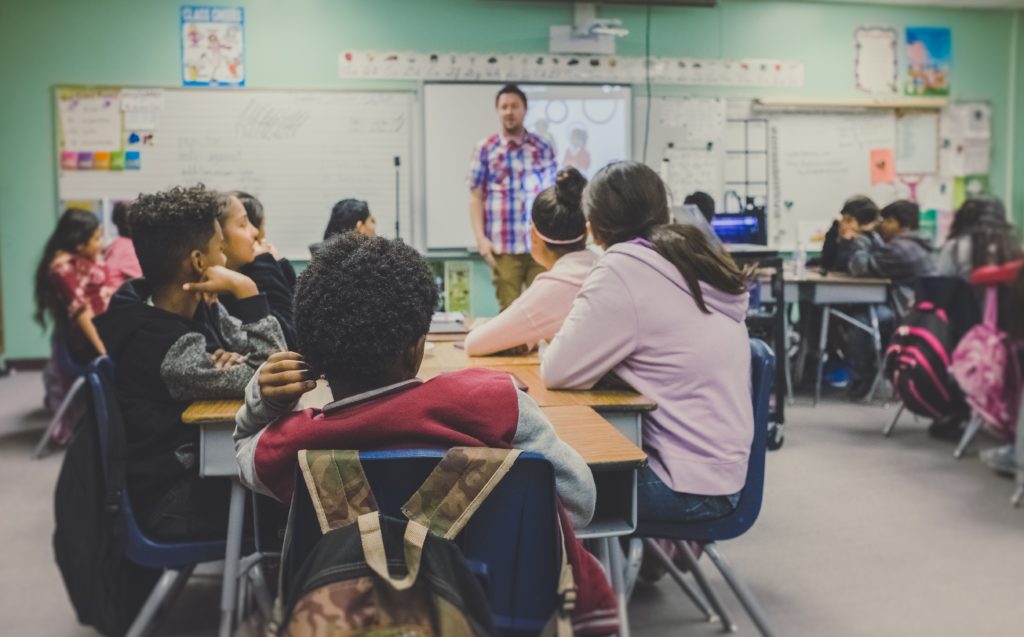The Principles of Constructivism Through the STEM Portal

Author: Dora Fourou
Enhance your volunteering in education by engaging in a student-centered learning method
Education is an undisputed part of our lives. Either this is formal and compulsory education or the educational construction we have by experiencing life. No matter what, education is part of our being. Nevertheless, when we get to compulsory education, we don’t tend to enjoy things, do we?
Growing up, in our primary and secondary school education, we are exposed to a teacher-centered learning method. In this, the teacher is the main source of knowledge, who transmits it to the class, with the students being the receivers of this knowledge. Do we question if this is good or not? No, we don’t. The teacher is always a figure of experience, knowledge, trust, responsibility, and authority.
Constructivism in Education
Constructivism as described in Constructivism in Education: Interpretations and Criticisms from Science Education, Keith S. Taber, University of Cambridge, England, “is a term that is commonly met in educational and wider social science discourse, although it is used with a range of different meanings and associations relating variously to educational philosophy, research epistemology, cognitive development, learning theory, and approaches to pedagogy.”
Jean Piaget is best known as one of the first theorists of constructivism, whose theories indicate that humans develop knowledge and learning by experience, by interacting with their ideas and questioning the already gained knowledge. Exploring constructivism in education is about how people learn. Constructing new knowledge by experimenting and questioning previously gained knowledge.
Following this process, we might even change what we believed or even get to the realization and decision that this new information we develop is irrelevant. Due to this acknowledgment, constructivist strategies are often considered student-centered.
In student-centered classrooms, the teacher remains the authority figure but avoids the direct transmission of knowledge to the students. However, students have an active role in the learning process, since they are developing knowledge through experimenting, research, and search, aiming to examine if this new development is an actual new input of knowledge. This happens by being involved in activities, materials, and content.
Defining the Principles of Constructivism
When the time to enter a classroom comes, we might think and wonder which are the principles of constructivism we should keep in mind, in addition to “knowledge is constructed.” G. E. Hein best describes and analyses, 9 principles of constructivism we should consider in our role as educators, in his article “The Significance of Constructivism for Museum Education.”
- Learning is an active process
- People learn to learn as they learn
- The crucial action of constructing meaning is mental: it happens in the mind.
- Learning involves language: the language we use influences learning
- Learning is a social activity
- Learning is contextual
- One needs knowledge to learn
- It takes time to learn: learning is not instantaneous
- Motivation is a key component of learning
Exploring Constructivism Through STEM Portal Outreach Programs
IEEE invests in engineering the future of tomorrow, with Pre-University Educational Activities. The STEM Portal is the ideal resource for any IEEE volunteer having an interest in pre-university STEM activities. Including a variety of categories on STEM outreach programs, with lesson plans of different topics applied to multiple age groups and educational levels.
Exploring all available resources someone notices that the key common characteristic is the student-centered approach. Focusing on the students directly, the available STEM Portal resources, emphasize on developing an interest in engineering to the future engineers of our society, by constructing knowledge through activities.












